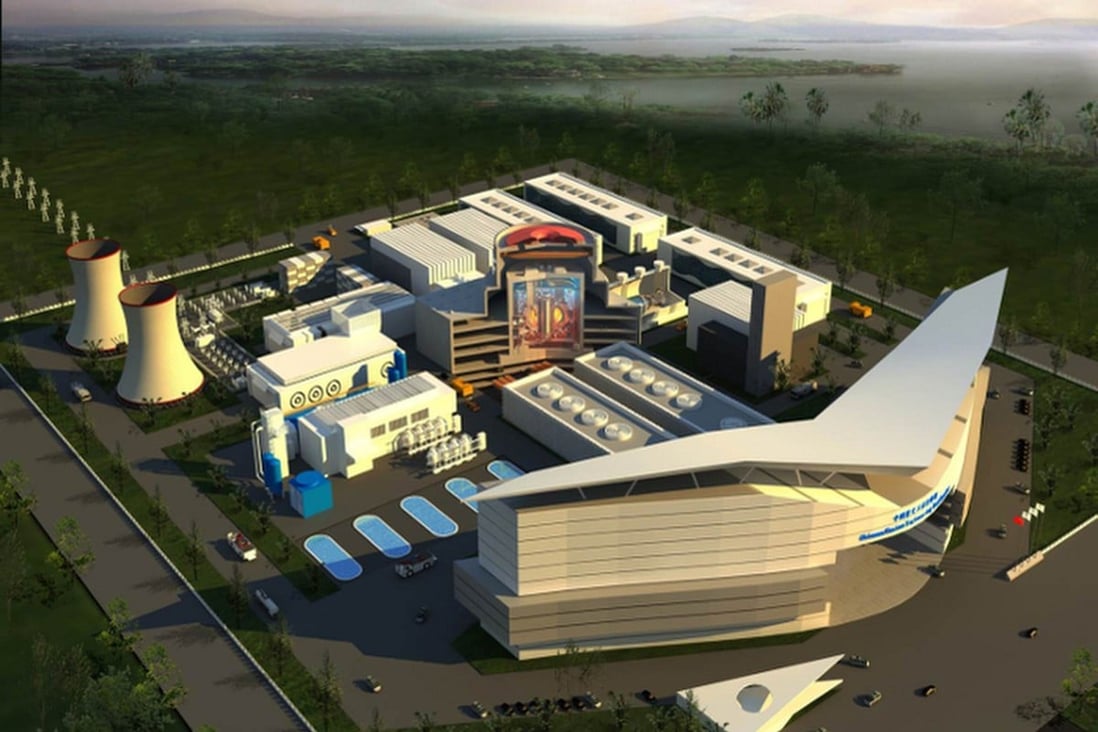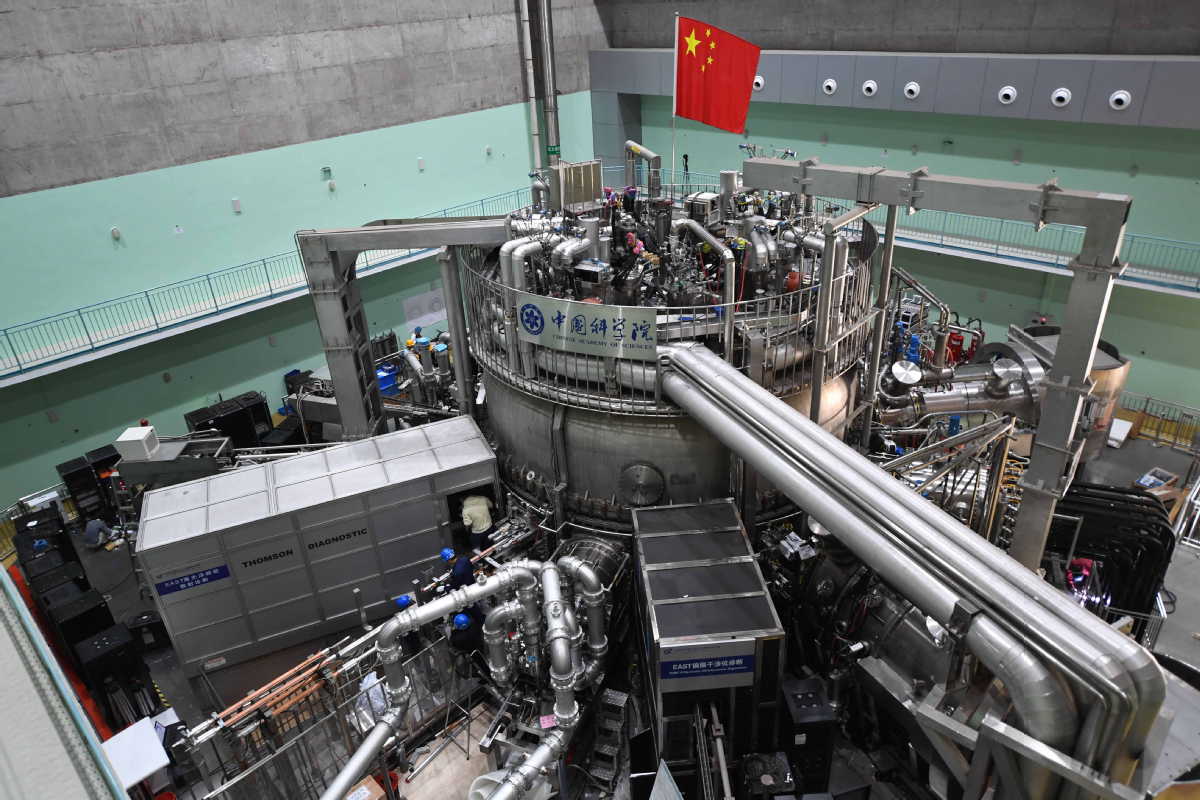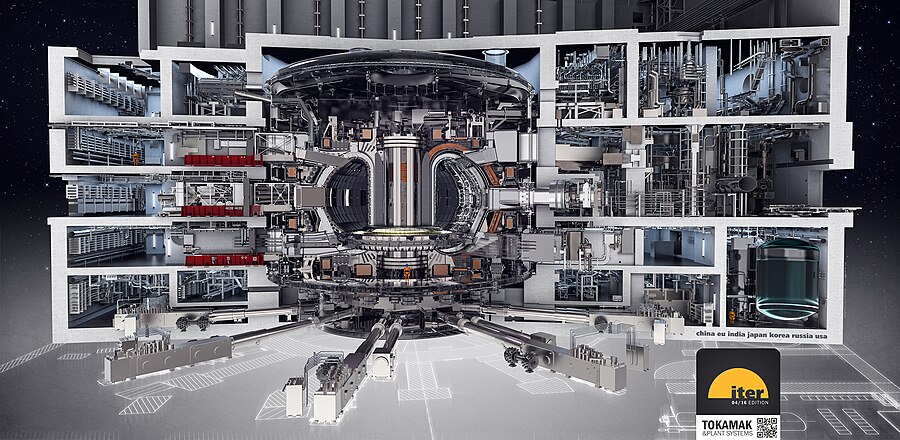The world’s leading powers are investing in nuclear fusion and working to resolve the engineering challenges associated with it. If successful, nuclear fusion can provide nearly limitless energy with minimal waste.
China’s new announcements indicate that it has taken one step further in that direction.
Nuclear fusion is based on the idea that energy can be released by forcing atomic nuclei together rather than separating them, as in the fission reactions that powers the existing nuclear power plants.
In what could be a significant breakthrough, a Chinese research team claims to have created the world’s first power plant capable of converting fusion energy into electricity without disrupting the power system, South China Morning Post reported.
The China Fusion Engineering Test Reactor (CFETR) will produce a massive quantity of heat when it is finished in around 2035, with a peak power output of up to 2 gigawatts.

This development comes a few months after China’s experimental advanced superconducting Tokamak (EAST), HL-2M fusion energy reactor had run for 1,056 seconds at 70 million degrees Celsius.
According to Xiang Kui, chief engineer of thermal systems at the China Energy Engineering Group Guangdong Electric Power Design Institute in Guangzhou, converting the heat into electricity is challenging because the reactor must take a 20-minute break every two hours.
Xiang and his colleagues stated in a report published in the domestic peer-reviewed journal ‘Southern Energy Construction’ that this frequent interruption can create pulse energy that “will cause huge damage to the power grid.”
The entire world is chasing nuclear fusion technology, with a facility in France called International Thermonuclear Experimental Reactor (ITER), where experiments take place with the assistance of a world consortium with the EU, the US, Russia, and even China being members.
They hope to make a breakthrough by the second half of this century.

At the same time, Chinese researchers have stated that Beijing expects to begin commercial fusion power generation around 2050, but the fusion power plant will require a unique design with a significant buffering zone to safeguard current energy infrastructures from these lethal shocks.
Countries like the US and UK are not too far behind in the race. In February this year, the JET laboratory in the United Kingdom broke its world record for the amount of energy it can extract by combining two types of hydrogen. In five seconds, the trials produced 59 megajoules of energy (11 megawatts of power),
While all major powers remain committed to ace the technology, there is a long way to overcome engineering challenges associated with creating a perfect operational ‘artificial sun’ on Earth.
China’s Big Nuclear Fusion Breakthrough
Nuclear fusion, a reaction in which two or more atomic nuclei join to form one or more distinct atomic nuclei and subatomic particles (neutrons or protons), produces a lot of energy without producing a lot of waste.
Enormous gravitational pressures in the Sun’s core allow this to happen at temperatures of roughly 10 million degrees Celsius. To create fusion at a much lower pressure, temperatures must be significantly higher – exceeding 100 million degrees Celsius.
There are no materials that can resist such heat in direct contact. To accomplish fusion in a laboratory, scientists created a method in which a super-heated gas, or plasma, is contained inside a doughnut-shaped magnetic field. The doughnut-shaped device is known as the Tokamak.

The Chinese CFETR is a Tokamak device that uses fusion energy to generate an extraordinarily powerful magnetic field that can confine and regulate hydrogen gas ten times hotter than the Sun’s core. When fusion begins, two hydrogen atoms combine into one, releasing a tremendous quantity of energy.
However, controlling the heated plasma is tough. So far, the longest run has only lasted two minutes. Based on the rapid advancement of fusion technology in recent years, Chinese experts anticipate that they will be able to prolong the lifespan of stable plasma to several hours in roughly a decade.
However, if the plasma becomes unstable, the reactor must be turned off and cooled before another cycle can begin. An ideal fusion reactor would run for months or perhaps years at a time.
However, by linking the CFETR to the electrical grid, China will become the first country on Earth to harness the energy of an “artificial sun.”
A heat sink is a solution provided by Xiang’s team. Helium gas will transmit heat from the fusion reactor to a sink filled with molten salt, according to a conceptual design in their article. The salt temperature will reach 600 degrees Celsius as the total energy in the sink rises.
The hot molten salt will then be transferred to a heat exchanger, which will raise water to a boil and power a traditional steam turbine to generate electricity. This method is more advanced than those used in most existing power plants, and some energy will be lost due to the salt-assisted heat exchange.
According to Xiang, the heat sink can efficiently prevent pulse energy shocks and connect the fusion reactor to existing power infrastructures.
Fusion reactors are thought to be safer than nuclear reactors at the moment because, in the event of an accident, they will immediately shut down and stop the thermonuclear process. They also do not generate long-term radioactive waste.

The CFETR was launched in 2017 as a follow-up project to the International Thermonuclear Experimental Reactor (ITER), the world’s first fusion reactor currently being built in southern France.
ITER will start up in 2025 and run for up to 10 minutes to demonstrate that the fusion process can generate more energy than it consumes. According to Chinese authorities, the CFETR will go one step further by bridging the gap between scientific experiments and commercial use.
While China’s target could sound somewhat ambitious, and its reported breakthrough is not authenticated, it would be an absolute game-changer if the Chinese researchers could deliver on their promises. A mammoth country like China, with enormous energy needs, would greatly benefit if energy from nuclear fusion is commercialized.
- Contact the author at sakshi.tiwari9555@gmail.com
- Follow EurAsian Times on Google News





